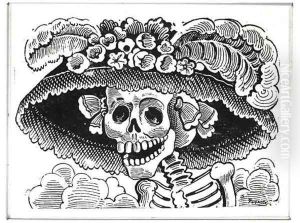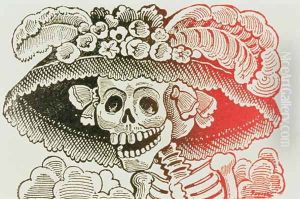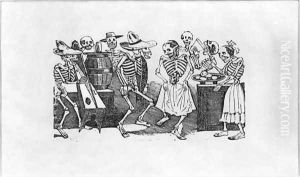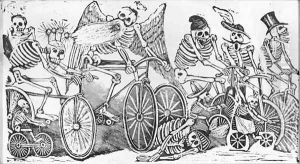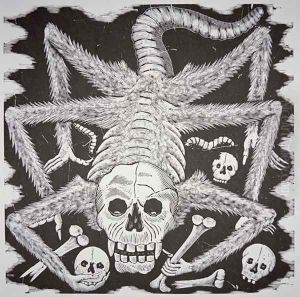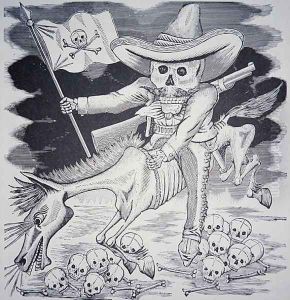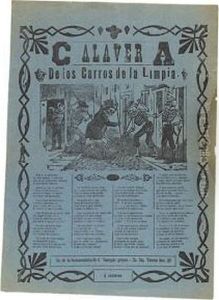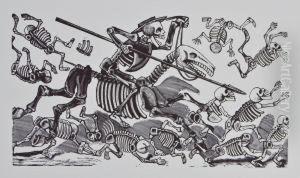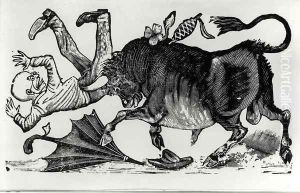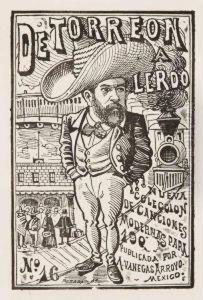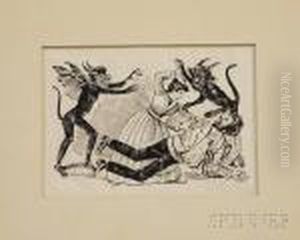Jose Guadalupe Posada Paintings
José Guadalupe Posada was a Mexican illustrator and artist whose work has had a significant impact on Latin American art and culture. Born in Aguascalientes, Mexico, in 1852, Posada showed an early interest in art, leading him to apprentice with a local printer at the age of sixteen. This experience introduced him to lithography and engraving, mediums through which he would later express his political and social commentary.
Posada moved to Mexico City in the late 19th century, where he worked for several newspapers and publishing houses. It was during this time that he developed his distinctive style, characterized by his use of calaveras (skeletons) to satirize political figures and address issues such as social injustice, corruption, and the follies of the upper class. His most famous creation, La Calavera Catrina, has become an iconic figure in Mexican culture, symbolizing the mockery of death and the celebration of the Day of the Dead.
Throughout his career, Posada's work was prolific, producing thousands of illustrations that included broadsheets, or 'corridos,' that depicted and commented on the dramatic events of his time, including the Mexican Revolution. His ability to blend humor with critique and his use of popular imagery made his work accessible and beloved by the Mexican people, transcending social and educational barriers.
Despite his significant contribution to Mexican art and culture, Posada died in poverty in 1913 and was largely forgotten until the French artist Jean Charlot discovered his work in the 1920s, leading to a resurgence of interest that has continued to grow. Today, José Guadalupe Posada is celebrated as a foundational figure in Mexican art, influencing generations of artists, including Diego Rivera and Frida Kahlo, who recognized him as a precursor to the Mexican muralism movement. His legacy endures in the celebration of the Day of the Dead and in the enduring appeal of his art, which remains a powerful commentary on society and politics.
